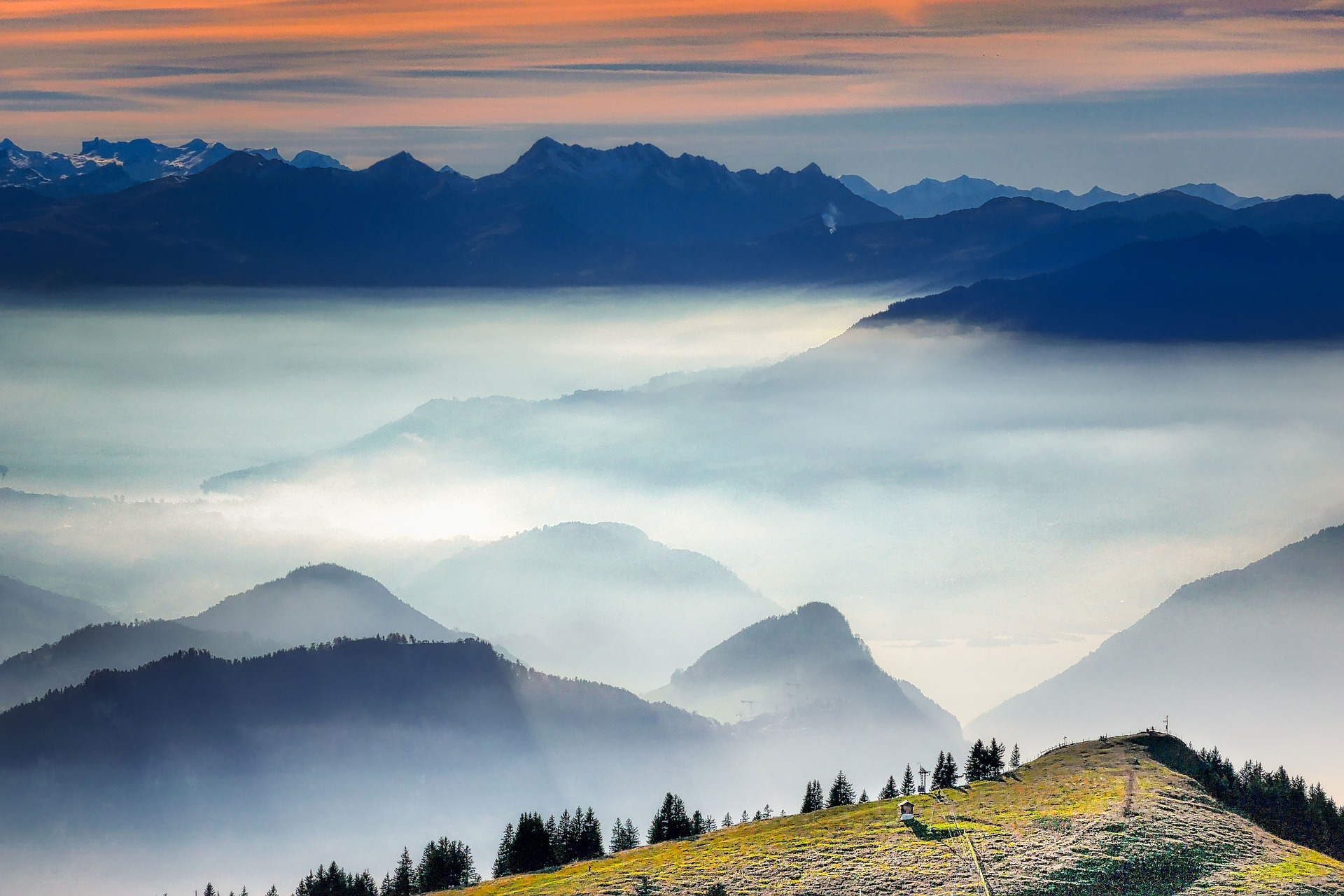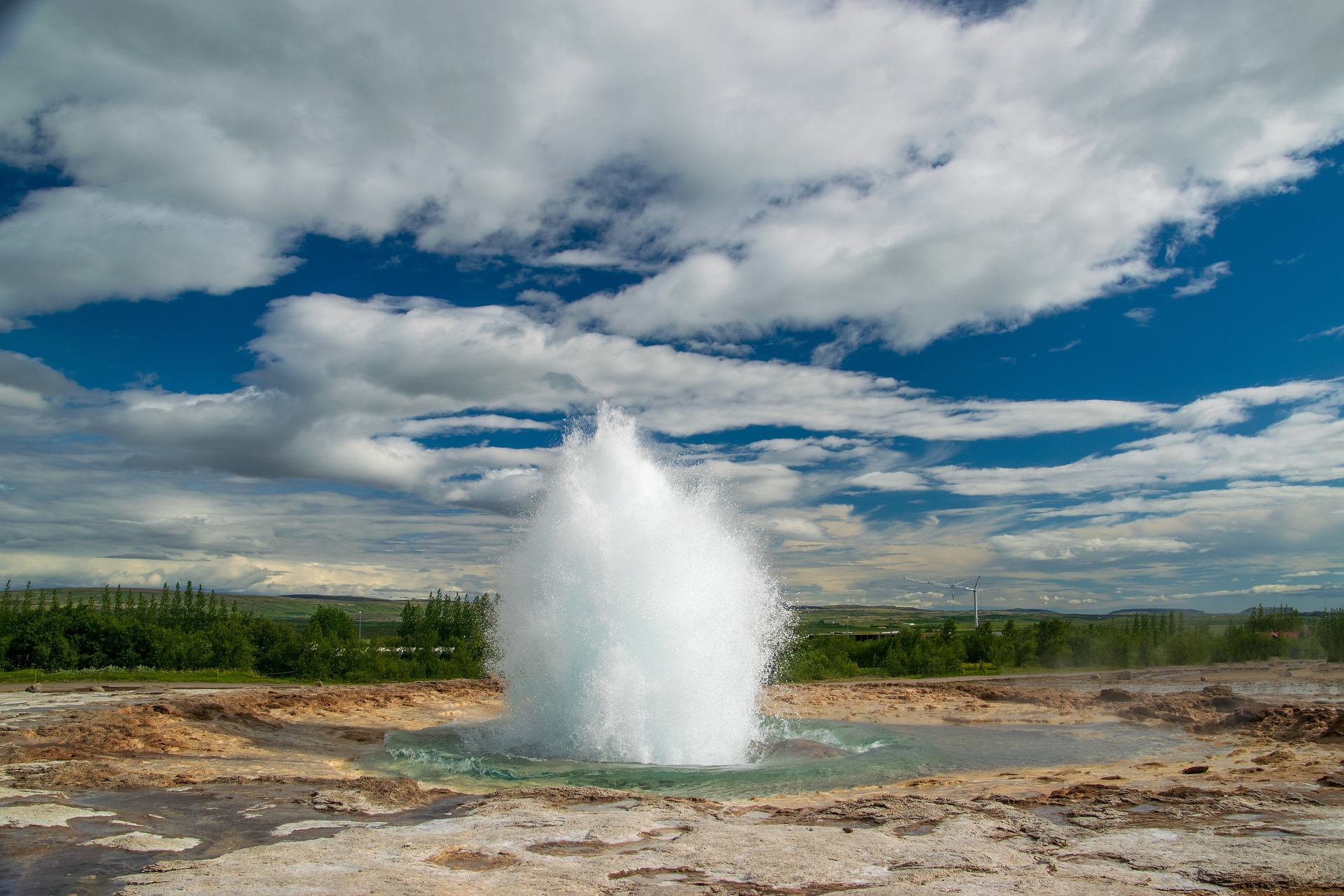A Zig-Zag Approach to Art
In the annals of recommendations for building one’s creative toolbox, it is often recommended to develop daily consistent routines. These can include setting aside a certain number of hours to work or a specific timeframe in which to work. Musicians or dancers need to keep their muscle memory in tune through regular practice. Even those whose work is less physical may find routines helpful: a writer who devotes themselves to writing a certain number of pages every day or stops a sentence mid-stream so they have a specific place to pick up again the next day. If you are ever curious about the daily routines of creative folks, there’s even a book about it. Indeed routines can be an important way for creative folks to keep themselves going.
But not always.
There is no one-size-fits-all when it comes to maintaining a creative practice. Not all artists have the luxury of time or space or energy for consistent daily routines. They may be making a living from other kinds of work. They may have family obligations. They may just not have the temperament for routine. Worse, because of the common advice that routines are essential to making one a “true” artist, the result can feed frustration, impostor syndrome, false comparisons to others, and barriers to maintaining an artistic practice.
What if we relaxed these notions of consistency and routine? Could it actually free us up more to do our best work?
In my case, I am a proudly inconsistent artist. I don’t have a daily routine of making art. I admire bloggers who come up with content every week. But that is not me. If I forced myself to do weekly blogs, they would fast become repetitive or derivative. They would feel like a chore rather than an expression. And they would likely read like one too.
Once I tried keeping a daily sketchbook as part of an art class I took as an adult. It was a frustrating experience. While it sounds great in theory to sketch frequently to improve one’s skills or make and learn from mistakes, in my case, daily sketching quickly became more of a check-of-the-box than a pleasure. Many times I really wasn’t in the mood to sketch and a lot of what I made was not great. Yes, making bad art can be a path to making good art. In my case, though, I found I was making a lot of irrelevant art. I wasn’t trying out ideas to help develop them into something greater or more fully formed. I didn’t feel I was progressing with my skillsets. Instead I felt more like I was trying to do rote assignments that became drudgery. Ironically the daily sketching assignments made me feel less connected to the creative process.
Speaking of the creative process, it is also important to remember that the process is not only about making art…though that may feel like the fun part. We are actually engaged in the creative process all the time, whether we realize it or not. Seeing other artistic expressions - listening to music, reading a book, watching a movie, scrolling through Tik-Tok videos or going down a rabbit hole of Wikipedia all fire our neurons. Taking a walk in nature, meditating, playing games with family or friends, people-watching, interacting with a pet, cooking, traveling to someplace new or familiar, and doing nothing as a form of rest and refreshment are all part of the creative process. If you have not put words to paper or screen, paint to canvas, song to strings in a while, that doesn’t mean you haven’t been engaged in a process that will help inform your work when you return to it.
The creative process may feel like an indirect approach when you would rather be going in a straight line. But whether you think of the indirect route as zig-zags or peaks and valleys, you will still ultimately get to your destination and these shapes are quite beautiful in the process.
Image Description: Three square images side by side.
Image 1: Black and white zig zag pattern. Image by David Zydd from Pixabay
Image 2: A view of mountains surrounded by bluish puffy clouds clouds, an orange sky in the distance, and a little green land and trees in the foreground. Emphasizes the peaks and valleys. Image by Albrecht Fietz from Pixabay
Image 3: A geyser erupting from a hot spring with a cloudy sky above. Image by Dennis from Pixabay
In my case, I like to think of my process as geysers. They seem dormant most of the time, but really they are bubbling just below the surface. All of a sudden, my metaphorical geyser will erupt and I’ll be in a flow state of working on the art. As an example, after spending a year on my book trying to write new content to get it to a publishing length, I was nervous as to whether I could do so without feeling like I was repeating myself. I felt I was out of ideas. I took plenty of breaks to try to refresh. Even though I had self-imposed deadlines, I knew these breaks were essential to my process. I wasn’t idle though. I was very busy at work and with preparing for a home move. While these both took up much of my time and focus, they also required creativity in their own ways. Bubble bubble.
I ended up with three weeks of use-or-lose leave from work at the end of the year. Since I don’t typically travel or have big family commitments during the holidays, I had a lot of free time during those three weeks. After going several months without writing new content, I was able to stop and look with new eyes at potential new content. The geyser erupted and I was able to add nearly 50 pages. I surprised myself with my capacity for fresh content. It was only possible because I stopped forcing myself to be confined to a set way of doing things through daily routines. When I was able to relax those requirements, I was able to produce.
I may be thinking a lot about geysers because I just came back from a trip to Wyoming, home to that most famous of geysers, Old Faithful. It is called such because it has a pretty regular eruption schedule. If Old Faithful were an artist, she would lean towards the routine. But Yellowstone National Park is also home to half the world’s other geysers, more than 500 in all. Most erupt inconsistently. I didn’t actually visit Old Faithful, choosing instead to explore some of the park’s other hydrothermal features - hot springs, mudpots, and fumaroles. I guess I am partial to the bubble bubble.
On my last day in Wyoming, I visited a state park called Sinks Canyon at the base of the Wind River range. The “Sinks” is a cavern where a river disappears underground and then re-emerges further down the canyon. To walk between where the water goes underground and where it reemerges takes about five minutes. Yet dye tests in the water have shown that the water that enters the underground portion takes two hours to emerge again above surface. Nobody knows where exactly the water goes. The theory is that there must be winding underground passages where it gets diverted before resuming the path to surface again. Some of us are the Sinks version of artists, but we still get there in our zig-zag journey.
Image Description: A river flowing over and around small and medium-sized rocks. “The Sinks” of Sinks Canyon State Park in Wyoming. The water of the The Popo Agie River flows visibly until it disappears under the surface of rocks like these, taking two hours to travel a quarter mile from this spot. Photo by the author.
Taking an indirect approach to the creative process doesn’t mean you just wait for inspiration to hit. What it may mean is that you combine structure and spontaneity. You are still a river going from one place to another, even if you don’t travel on a predictable straight path. In the case of my writing, it wasn’t that inspiration magically hit when I had some free time. It was that I had been engaged in the creative process the whole time – seemingly passively – and now had time to try to coalesce those ideas into actual work. I still had to make time and space for the work.
Perhaps this is true for you as well if you face your own zig-zag realities. For some, this indirect approach can work. The absence of limitations or requirements could allow for more freedom in artistic expression, more ability to pivot, not getting stuck in a single approach to doing something. Rather than giving up in frustration if routines don’t work for you or feel forced, use the zig-zag approach to your advantage.
It is important to embrace the possibility of things seemingly unrelated to your art being an important component of the creative process rather than always needing to push yourself to create create create. I had spent many months contemplating what I could write for my next blog that was fresh. Most of these ideas were just swimming around my head. I hadn’t even made notes of most of them. On the last day of my Wyoming vacation, I finally had the ability to get my ideas written down. Just as the winter staycation had given me time and space to move forward with the book, now a summer vacation is what helped those bubbles come to the surface for this blog entry. Whether you are Old Faithful or an unnamed geyser that keeps everyone guessing, may your creativity continue to flow!
If you stumbled upon this blog entry on the Internet or got it from someone else forwarding you a link, please consider signing up for Erica Ginsberg’s mailing list so that you will get the next entry in the Creative Resilience series right to your Inbox. New entries are sent approximately once a month or every other month, and I do not share or sell contacts.



